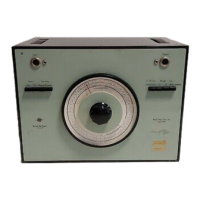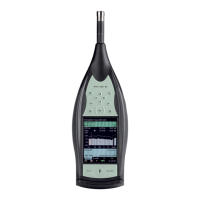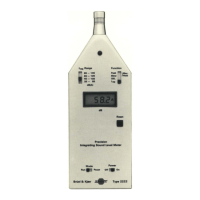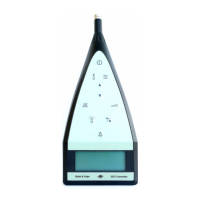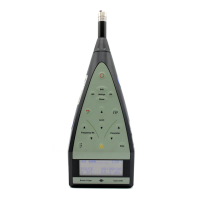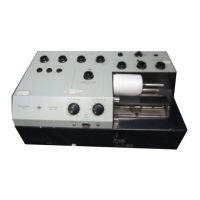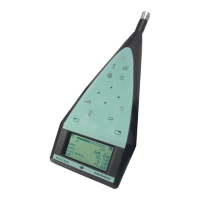Dewpoint
Relative
Vapour
td
oc
Humidity%
Pressure
kPa
-5
17
± 1 0,
40
±
0,04
0
26
± 2 0,61 ±
0,04
5
37
± 3 0,87 ± 0,06
10
52±
3
1,23 ±
0,06
15
73 ± 3 1,71 ± 0,06
T00684GBO
Table. 4.2.
Accuracy
of
Relative
Humidity
and
Water Vapour Pressure
measurements
for
different
dewpoints
4.6. RADIANT TEMPERATURE MEASUREMENTS
Different measures
of
radiant temperature can be obtained using the Radiant Tempera-
ture Asymmetry Transducer MM
0036. Some definitions of these parameters are given
below. The relationships between radiant temperature asymmetry resulting from heated
ceilings and cold surfaces such as windows and the percentage
of
people expressing
discomfort are
also shown (Figs. 4.8 and 4.
9).
%
80
Heated Ceiling
60
40
20
"0
.
!!!
iii
:;
Ul
10
Ul
8
0
6
4
2
1
0
4
8 12
16
20
24 K
Radiant Temperature Asymmetry
841208
Fig. 4.8. Relationship between Radiant Temperature
Asymmetry
(from
heated
ceilings)
and%
dissatisfied
ISO 7730 provides two recommendations concerning radiant temperature asymmetry.
The first
of
these states that the radiant temperature asymmetry from windows
or
other
cold surfaces should be less than 10°C (50°F) in relation to a small vertical plane 0,6 m
above the
floor. The second recommendation is that the radiant temperature asymmetry
from a warm (heated)
ceiling should not exceed
soc
(41
°F) in relation to a small hori-
zontal plane 0,6 m above the floor.
39
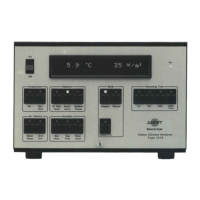
